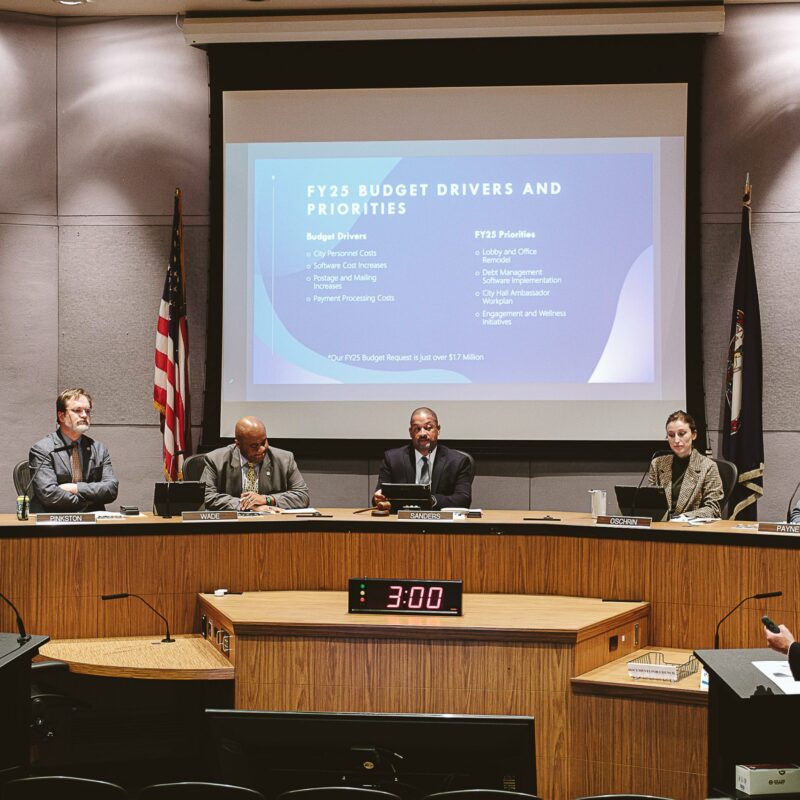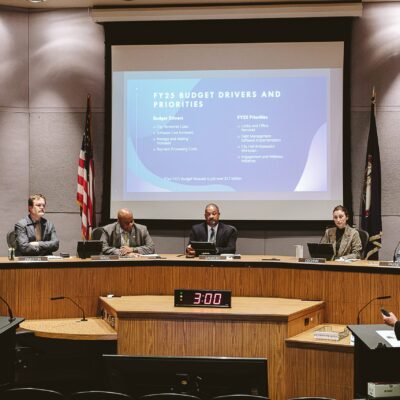|
SEE MORE Click here to watch a video explaining an echocardiogram. |
When hundreds of students sit in their first cardiology class, they turn to one definitive book: Clinical Nuclear Cardiology: State of the Art and Future Direction. Now in its fourth edition, it was co-written by George Beller.
Beller is a heart expert. Not of the Dr. Strangelove kind. He is an internationally renowned cardiologist, who has pioneered a new cardiac imaging technique to detect coronary heart disease in a non-invasive way.
|
George Beller says, “I have been very gratified by how much all of our cardiac patients have benefited from the advances in the last 25 years.” |
“Heart patients can now live with a really good quality of life despite having advanced heart disease,” says Beller. “I think this has been a really wonderful experience to be able to apply the new knowledge in cardiovascular disease, new drugs and techniques to improve the lives of patients. That’s been extremely gratifying.”
The UVA doctor says that he is proud to have collaborated in developing the new technique for “a far more accurate detection of coronary heart disease,” and in determining whether patients suffering from chest pains would benefit from an invasive procedure or whether another approach would be more beneficial. “We essentially developed these non-invasive techniques to improve the diagnosis of heart disease and the prognosis for patients who we evaluated,” says Beller.
|
A normal stress nuclear myocardial blood flow scan, provided by George Beller. |
And he is not a stranger to Charlottesville. Beller served as chief of UVA’s cardiovascular division for 27 years and he is now the Ruth C. Heede Professor of Cardiology. During his tenure, he brought the department to national prominence. Beller is the recipient of the 2000 Distinguished Achievement Award & James B. Herrick Award from the American Heart Association and the 2006 Lifetime Achievement Award from the Paul Dudley White Society of the Massachusetts General Hospital.
He’s also past president of the American College of Cardiology.
But for Beller, the role of teacher and mentor has meant just as much.
“I enjoy the ability to combine a practice of cardiology with teaching and research,” he says. “One of the things that I enjoy most about my professional career is seeing discoveries that we make in our research programs be translated to improved patient care.”







